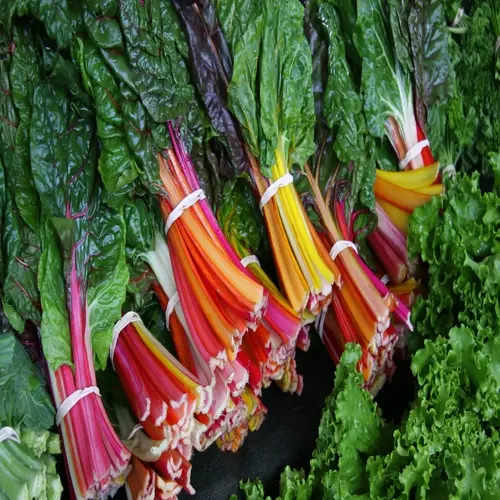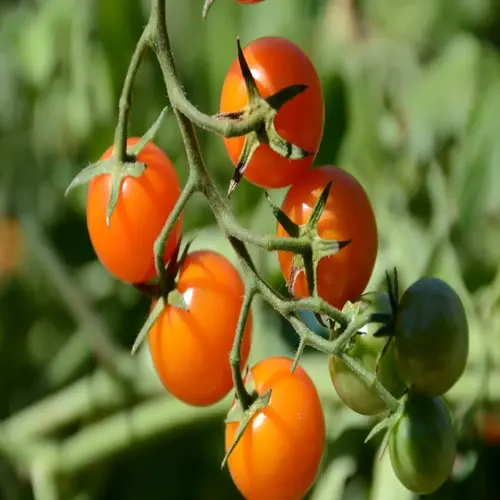What plants grow best in clay soil?

Written by
Paul Reynolds
Reviewed by
Prof. Martin Thorne, Ph.D.Choosing the best plants makes gardening in clay soil successful and satisfying. Many varieties prefer heavy soils because they have strong root systems that enable them to push through hard earth. I have cultivated productive gardens using clay-friendly varieties that have yielded better results than others. The plants you choose will dictate whether you fight against clay's unique properties or cultivate them to your advantage.
Vegetables
- Broccoli develops deep roots accessing nutrients
- Cabbage withstands moisture fluctuations
- Kale establishes quickly in cool seasons
- Garlic grows well with minimal drainage
Flowers
- Daylilies bloom consistently in heavy earth
- Black-eyed Susans resist root rot
- Asters thrive across temperature extremes
- Coneflowers establish deep taproots
Trees
- Oak species anchor securely in dense soil
- Birch varieties tolerate wet conditions
- Willows absorb excess moisture effectively
- Hawthorns develop strong structural roots
*Root architecture* is a greater predictor of clay tolerance than plant type. Plants with *fibrous roots* can grow horizontally in thick layers, and *taproots* can grow straight down. I pay close attention to plants that exhibit both attributes, such as oaks and coneflowers. Your garden soil will benefit from infiltrating with natural aeration from the roots.
When planting in clay, prepare holes a bit extra wide to allow for roots to grow into the clay. Only amend with compost in the hole initially. I make the holes three times wider than the diameter of the root ball. Your plants will establish themselves more quickly as the roots grow deep into the native clay.
Continuous soil enhancement takes place as these plants develop. Their roots release organic matter and begin to break up compaction. After a few seasons of growing deep-rooting varieties, my clay beds became more easily worked. Your garden soil naturally improves through symbiotic relationships.
For those who would like maximum gain, mix clay-fitted plants with seasonal cover crops, alternate food crops with soil-building plants. My garden now maintains a good structure throughout the year. You will create sustainable fertility using these holistic strategies.
Read the full article: How to Improve Clay Soil: Essential Steps

